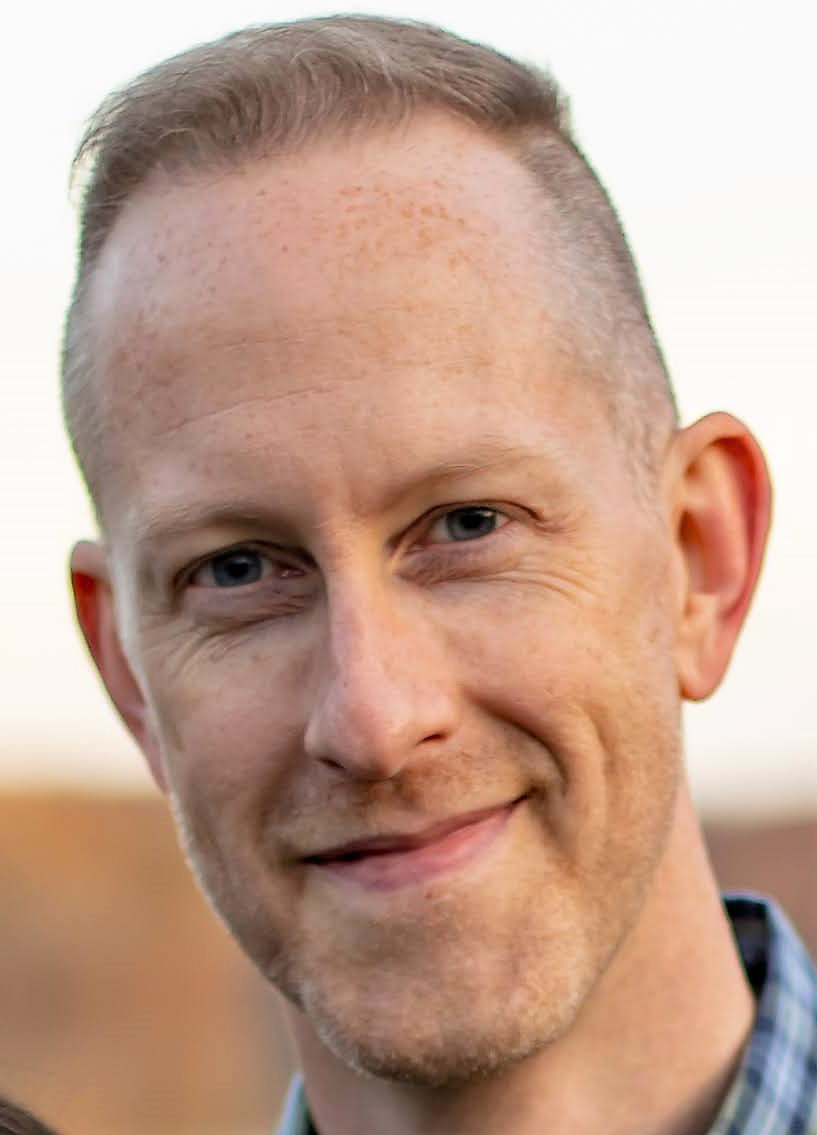The Advancement Angle: Barenaked Philanthropy
Since the early ’90s, community college advancement officers and the Barenaked Ladies have had something in common: pondering all the things they could accomplish with an unexpected $1 million windfall.

Marc Westenburg
Director, Foundations and Community Colleges
While BNL may still reprise “If I Had a Million Dollars” in concert to the delight of their fans, many community college philanthropic aspirations have reached well beyond that million-dollar mark. Last year—for all its faults—was clear proof that community colleges attract major philanthropic consideration, culminating in MacKenzie Scott’s groundbreaking $4.2 billion donation distributed among 384 organizations across 50 states, Puerto Rico and Washington, D.C.—including 13 community colleges:
- Blackfeet Community College, amount unknown
- Borough of Manhattan Community College, $30 million
- Chief Dull Knife College, amount unknown
- Indian River State College Foundation, $45 million
- Lake Area Technical College, amount unknown
- Mitchell Technical College, amount unknown
- Northeast Community College, $15 million
- Palo Alto College, Alamo Colleges District, $20 million
- Salish Kootenai College, amount unknown
- Santa Fe College, $40 million
- Turtle Mountain Community College, $8 million
- Walla Walla Community College, $15 million
- West Kentucky Community and Technical College, $15 million
Scott’s approach to philanthropy immediately struck me. She didn’t give because of prior experience or relationship. Instead, she took a collection of ideals and causes and cross-referenced those with organizations operating in communities facing specific challenges and which—challenges notwithstanding—exhibit strong leadership and a penchant for results. Out of an initial 6,490 organizations, Scott focused on 822. Of those 822, she put 438 on hold for future consideration, leaving 384 unsuspecting finalists primed for transformative gifts beyond their wildest dreams.
That methodical process yielded a level of data-inspired trust that most fundraisers take years to develop with donors. That trust prompted Scott to make the radical decision to give her gifts without strings attached, inviting program leaders over the phone to “spend the funding on whatever they believe best [served] their efforts.” This was the same process she utilized several months prior to distribute $1.7 billion to 116 organizations.
Another fundraising triumph for community colleges in 2020 came in the form of a $100 million gift from the Jay Pritzker Foundation to the Foundation for California Community Colleges and was earmarked to be utilized for scholarships and emergency financial aid over a period of 20 years.
“People are falling all over themselves to give to the large research universities,” Dan Pritzker, foundation president, told The Wall Street Journal. “And that’s great, but we chose to do this to try and have impact and try to shine a light on community colleges and the huge opportunity that students have.”
We talk about increasingly savvy donors looking to maximize the impact of their philanthropic contributions—and the ROI of giving to community colleges. I often hear echoes of Jack Hershey, president and CEO of the Ohio Association of Community Colleges, from community college friends and fundraisers from all around the country: “Dollar-for-dollar, a gift to a community college is a more powerful return-on-investment for donors.”
Regardless of whether these gifts were the result of carefully curated relationships spanning years or the meticulous triangulation of data points—they deserve celebration and all our efforts to spark emulation and multiplication. As the old adage goes, “Success breeds success.”
But success will not simply come to those who wait. We must each do our part in elevating these gifts beyond their monetary value, to showcase them as examples and their donors as exemplars, that they may spur others to follow their extraordinary lead and make comparable contributions of their own to this worthy sector.
Pritzker and Scott have used their wealth and influence to shine a spotlight on organizations doing remarkable work. Scott specifically encouraged others to do the same.
“Every one of them could benefit from more resources to share with the communities they’re serving,” she said. “And the hope you feed with your gift is likely to feed your own.”
Hope.
At the start of a new year, let us not underestimate the value of hope, but let us not rely on hope alone. Donors want their gifts to transform lives and society. Let us ensure that they see all the ways community colleges already do precisely that. Let us cast the audacious vision for donors of how much more we could accomplish with their generous support.
About the author(s)
For more information about CASE's community college resources, contact Marc Westenburg, director, foundations and community colleges, at mwestenburg@case.org or +1 202-478-5570.